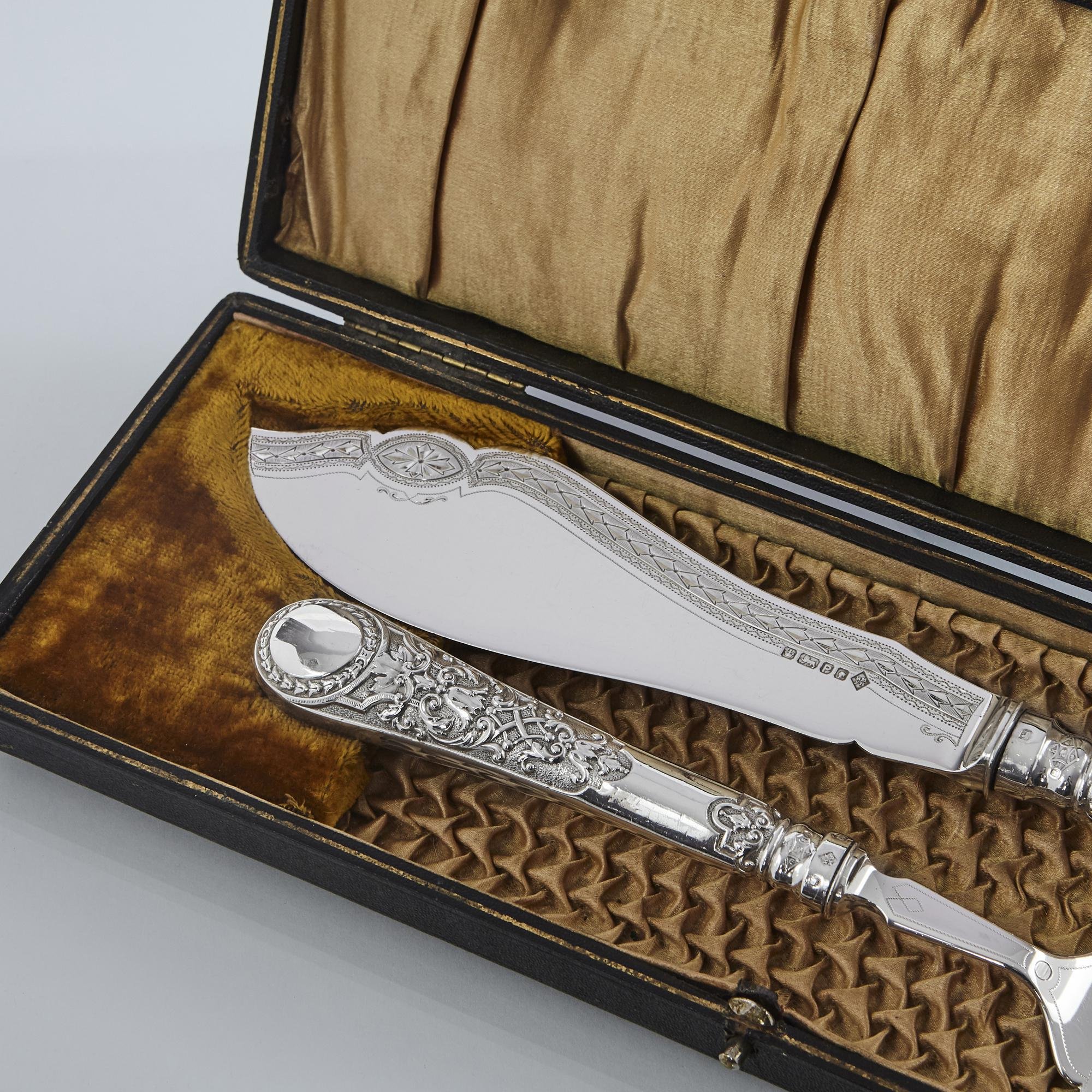Exotic Enamels
19 JANUARY 2023
Poppy McKenzie Smith
A short stroll through the wonderful, colourful world of curious and delicious antique enamels.
Poppy Mckenzie Smith
Poppy McKenzie Smith writes for The Telegraph about old, fast cars and spends most of her time at auctions encouraging other people to buy them
Bilston Rabbit Bonnbonière £1,000-£5,000 available at The Antique Enamel Company
As an avid hostess, I am often on the hunt for table decorations to delight my guests. At my wedding, we had Tunnocks tea cakes and whisky miniatures strewn across the tables, and I’ve been known to doodle names on charity shop teacups in lieu of place cards. Had I been a Georgian chatelaine, it seems likely that I would have been a fan of English enamel. Exquisitely painted enamel animal-shaped boxes were used as table favours at grand shoots, to serve as an elegant reminder of whichever beast had gone from field to fork that day.
Ranging from pickles to political missives, the endless variety of enamel can provide huge enjoyment in a small size. It is a rare artform which doesn’t take itself too seriously and finds as much joy in the absurd as the aesthetic. Pieces come almost every shape and colour imaginable – including some rather blue - and beautiful examples can be picked up for a few hundred pounds.
Though the art form enjoyed its British heyday in the 18th century, works of enamel have been found dating back to centuries BC, and are as intricate and exquisitely colourful as pieces from the 1700s. One such piece is The Battersea Shield, a bronze shield dredged from the Thames riverbed in 1857 at the site believed to be where Julius Caesar crossed the river during his invasion of Britain. The shield, dated 350-50BC, is decorated with Celtic spirals and red cloisonné enamel – a technique which uses metal strips to separate sections of enamel to form complex and colourful patterns.
A silver and cloisonné enamel cigarette case. Bruun Rasmussen price realised 8,000DKK
A mere two millennia after the Battersea Shield succumbed to the swampy Thames, a factory (York House) was built on the same site which became a brief yet brilliant producer of the finest English enamelware, specialising in transfer printing. This process uses an engraved copper plate to print a pattern on to paper which is then pressed on to the enamel piece – it is far more efficient than hand painting and allowed producers to create higher volumes and offer pieces at lower prices.
However, thanks to Battersea’s output lasting only three years, these “mass produced” pieces remain highly sought-after and even a single bottle label can fetch thousands of pounds if attributed to York House. Another star of the English enamel scene was Bilston, on the outskirts of Wolverhampton. The factory created all manner of trinkets, from snuff boxes to collar studs. They were a prolific producer, but never signed or added motifs to their work, making them very difficult to identify today. Other cities across the UK followed the fashion for enamel, with producers cropping up in Liverpool and Birmingham, the latter’s work being identifiable by insect motifs in their designs.
A Bilston Enamel Music Snuff Box £5,000-£10,000 available at The Antique Enamel Company
Enamel workshops worked quickly, and in many ways the pieces were the fast fashion of their day, constantly changing to reflect current trends. Snuff and patch boxes (used for storing patches to cover smallpox scars) often depicted current events, political figures and stars of the stage. Patch boxes were often given as tokens of affection between friends, or even as souvenirs in place of a postcard. Enamels were a common gift between couples, and some contained a hidden surprise to delight a lover while hiding smut from pious prying eyes. It would appear that sex certainly does still sell, as these pieces can reach more than £6,000.
Not all enamel pieces were created as trifles however, and some of the most collectable pieces today are just as much function as form. Etuis were the Swiss army knives of their day, containing everything a lady about town might need. Needles, toothpicks, combs, perfume bottles and scissors were all concealed in an ornate enamel case. They remain highly sought after by collectors, and complete sets can fetch £5,000 . Unfortunately, even a missing needle can reduce the value of a piece by hundreds, if not thousands of pounds.
Bilston Leopard Head Bonbonnière £1,000-£5,000 available at The Antique Enamel Company
Besides a full set of etui accoutrements, what should a budding collector look out for? John Jaffa of The Antique Enamel Company keeps his cards close to his chest regarding the minute details which can mean the difference between a price tag of £10 and £1000. And rightly so, magicians and antique experts should never reveal their secrets. However, he did share some excellent initial pointers and endless enthusiasm for the art. Colours, mount and latches are where the craftsmanship lies in enamel and should be examined closely. Orange is a particularly rare and valuable hue, while pompadour pink is always popular. The latter is remarkably similar to millennial pink, making it ideal for any Instagram interior bragging and proof that some trends are eternal.
John reassures me that some cracking, particularly on white panels, is perfectly acceptable. In fact, a piece of enamel with no fissures could suggest a modern dupe or over-restoration. White was often painted first and would then be fired again when other colours were added, meaning that the white would crack under the heat. It could even have happened on the day a piece was made.
As for what to collect, John extols the adage of buying whatever appeals to you within your price range. There are dozens of themes on which to build a collection – some focus on exotic animals (all of whom appear to have been designed from a hazy fever dream), while others obsess over perfume bottles or shoes. Exquisite snuffboxes for £200 can be found on ebay, while those willing to part with a few thousand pounds are well catered for at specialist dealers and auction houses. The scope for enamel collecting is joyously vast, yet even a large collection need take up no more than small bookcase. It is ideal for flat dwellers looking to foray in to antiques, or just for those looking for somewhere beautiful to keep their snuff.


































